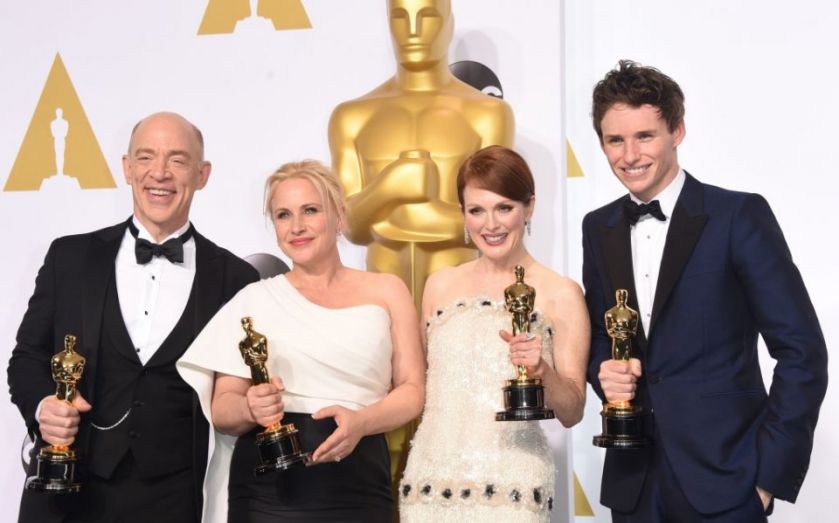Oscars 2015: Academy Awards highlight the allure of live TV

Surrounded by on-demand challengers, live events are the last bastion of traditional television.
While the actors and actresses heading home last night with golden statuettes were undoubtedly the winners of the 87th Academy Awards, they might not have taken home the biggest prize.
The Oscar hosts, the Academy of Motion Picture Arts and Sciences, charged $2m (£1.3m) per 30 second advert during the two hour awards marathon, hosted by How I Met Your Mother alumni Neil Patrick Harris, a nearly 14 per cent increase on the $1.76m charged in 2014.
The Oscars last year drew their highest audience in over a decade with 43.7m viewers tuning in. Advertisers have noticed, and increasingly a select number of live TV events are commanding ever-higher fees from firms hoping to access them.
“During the past five years, the top five advertisers in the Academy Awards have spent nearly $200m in the telecast, accounting for 49 per cent of total ad revenue. JC Penney and Samsung stand out for their continuing participation and the amount of their investment ($50.8m and $43.4m respectively),” says Kantar Media’s research chief Jon Swallen.
Just last month the Super Bowl retained the title as having the most expensive television advertising slots in the world, with advertisers lining up to spend an average of $4.5m for a 30-second slot.
Part of the key reason for the increasing cost of these ads are because advertisers – aware that live television audiences are generally declining in favour of on-demand viewing – are focusing their budgets on the small number of live events which still draw large audiences.
This side of the pond, however, the UK’s X Factor, which commands some of the highest ad rates on British television, pales in comparison.
Its 30-second spots during the final sell for a paltry £150,000 to £200,000. The reason is because the UK ad market is shifting towards the internet and mobile far quicker than the US, but even so there’s a premium related to advertising around live sport such as Premier League.
Over 50 per cent of UK advertising spending this year will funnel into digital, compared to just 28 per cent in the US where TV advertising remains the dominant ad medium (42 per cent), according to Strategy Analytics’ Advertising Forecast.
But Advertising Forecast co-author Michael Goodman says that both the shift to on-demand and move to digital advertising might not hit the UK’s advanced broadcasters due to their adoption of catch-up services.
“TV’s declining share [in the UK] is actually less about ad pounds flowing out of TV and more about them flowing into digital from print and radio,” says Goodman.
“Thus, broadcasters such as ITV, Channel 4 and Sky will see little, if any, real decline in revenues – just a shift in the source from linear TV ads to online video.”